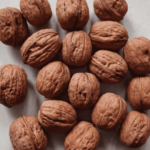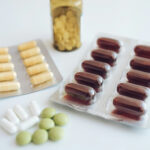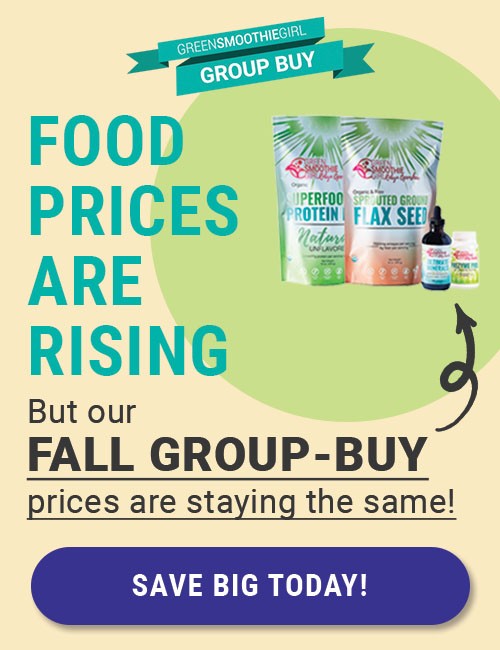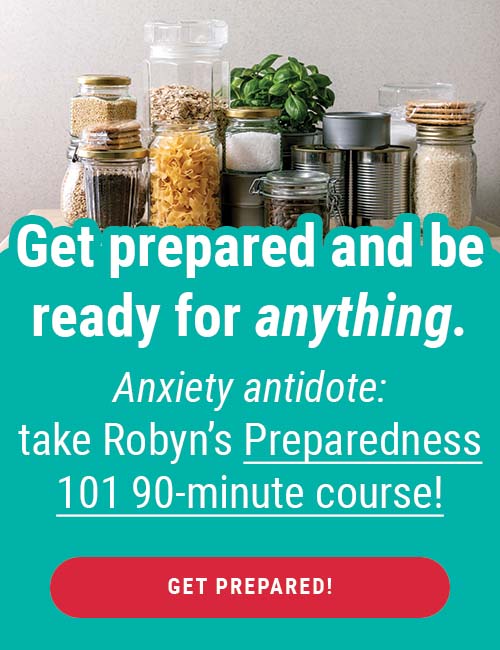Time for Some Truth-Paste: Is Commercial Toothpaste Safe?
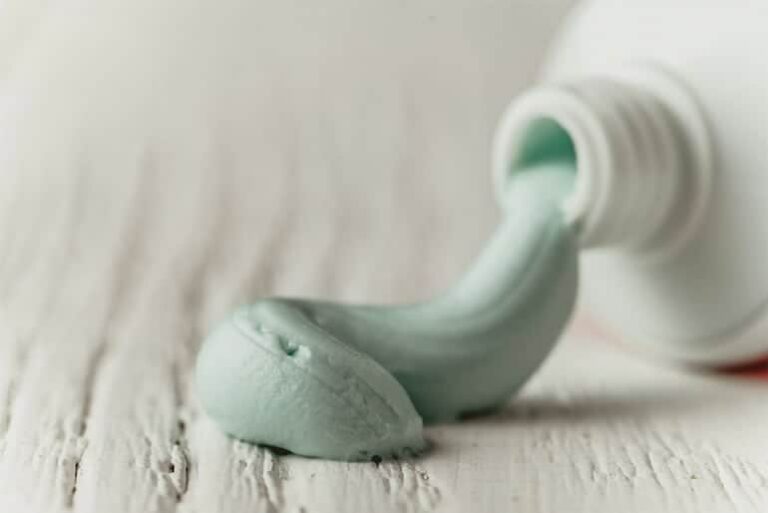
As more commercial products come under fire for questionable, lab-conjured ingredients, it’s time to read yet another label: Toothpaste hosts a slew of chemicals, some of which were first approved as pesticides.
I know. Creepy. And then there’s fluoride. I’ll get to that in a sec.
The Dirty Secret Behind Toothpaste
Here’s what’s in the products that are supposed to keep your teeth healthy:
Triclosan
Triclosan is an antibacterial chemical classified as a pesticide and labeled a possible human carcinogen (cancer promoter). It’s also common in liquid hand soaps and hand sanitizers. Studies find that it absorbs rapidly through the skin, heads straight into the bloodstream, and can accumulate in organs.
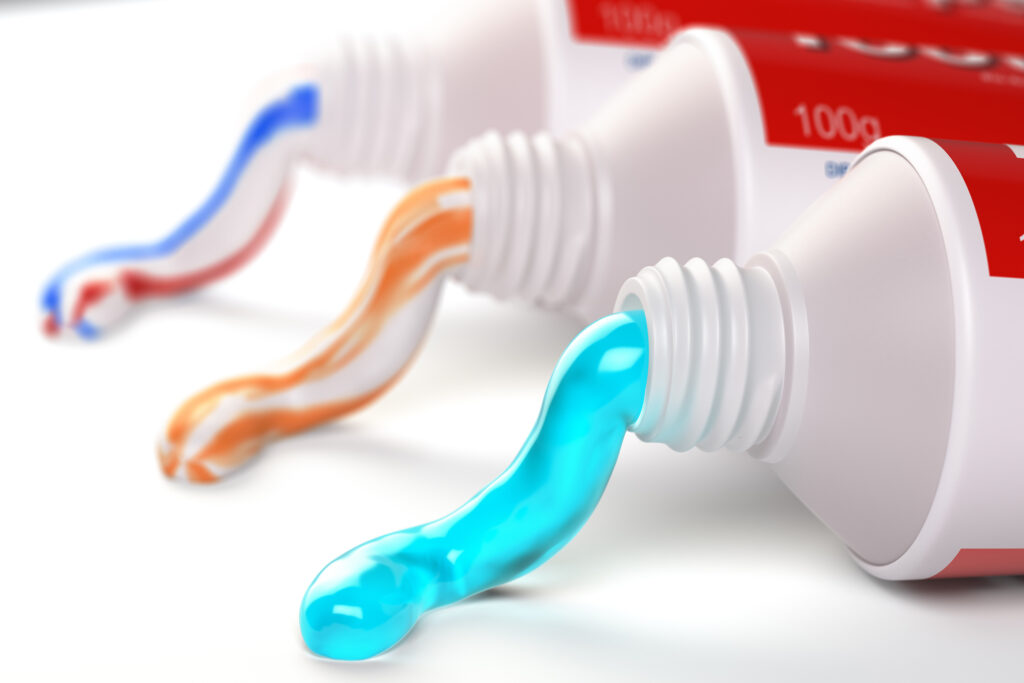
Sodium Laurel Sulfate
SLS is a detergent that can damage eyes, irritate skin, and affect breathing.
Propylene Glycol
This active ingredient in anti-freeze is known to cause brain, liver, and kidney problems.
DEA
A much-studied hormone disruptor that also forms carcinogenic nitrates.
Artificial Sweeteners, Colors, and Flavorings
These are substances your body doesn’t recognize, and they can burden the glands and liver.
Fluoride
Fluoride is more toxic than lead, and can cause nausea and vomiting, among other issues we’ll cover next.
Fluoride: A Flawed Hero
Now a word about this stuff, once hailed as a modern miracle. While many public officials continue to defend water fluoridation and the use of fluoride in toothpaste, many organizations, holistic dentists, and research groups have been sounding an alarm for years.
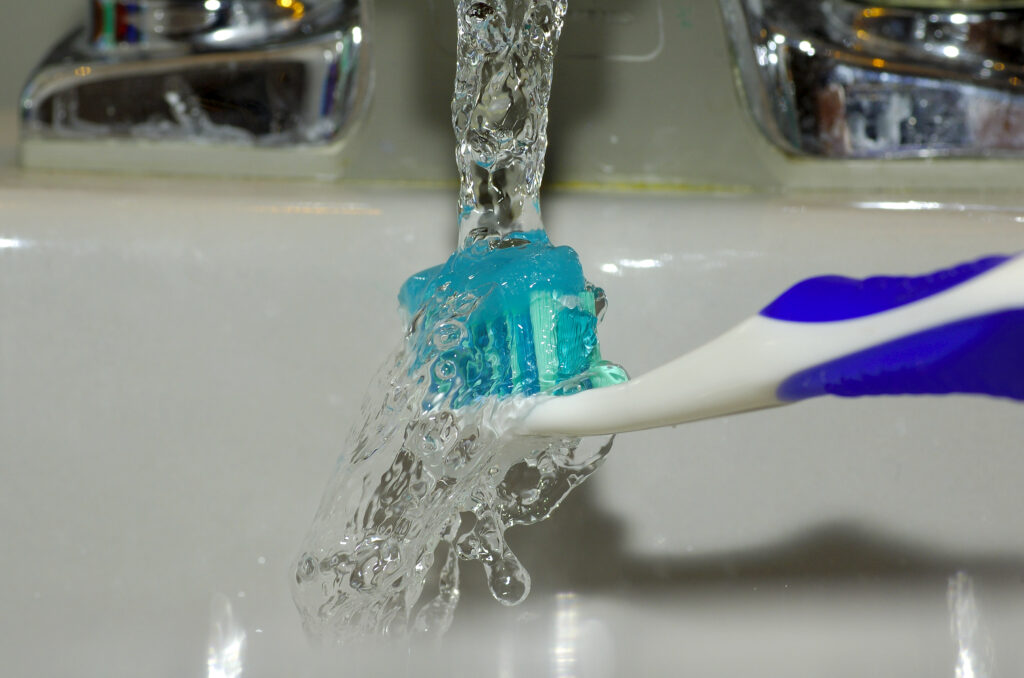
In fact, most western European nations have banned water fluoridation and more and more fluoride-free toothpastes are showing up in stores.
[Related: How to Find a Good Biological Dentist]
In 2001, the union of scientists at the Environmental Protection Agency’s Headquarters Office in Washington D.C. stated: “We hold that water fluoridation is an unreasonable risk.”
Here are just a few adverse effects associated with fluoride ingestion, even at trace levels, depending on the individual:
- Endocrine disruption
- Pineal gland alterations including decreased melatonin production
- Early onset of puberty (an increasingly common phenomenon)
- Connections to diabetes, dementia, thyroid diseases, kidney issues, arthritis and male infertility
Further, according to the Fluoride Action Network, over 300 studies have found that fluoride is a neurotoxin (a chemical that can damage the brain). Here are some notable findings:
- Over 100 animal studies found that prolonged exposure to fluoride at various levels can damage the brain, particularly when coupled with an iodine deficiency or aluminum excess.
- 51 human studies linked moderately high fluoride exposures with reduced intelligence.
- 45 animal studies reported that mice or rats that ingested fluoride had an impaired capacity to learn and/or remember.
- 12 studies (7 human, 5 animal) linked fluoride with neurobehavioral deficits (e.g., impaired visual-spatial organization).
- 3 human studies linked fluoride exposure with impaired fetal brain development.
Spitting out my toothpaste right this second. What else can I do? One option is to make your own toothpaste at home.
The Ultimate Homemade Toothpaste Recipe
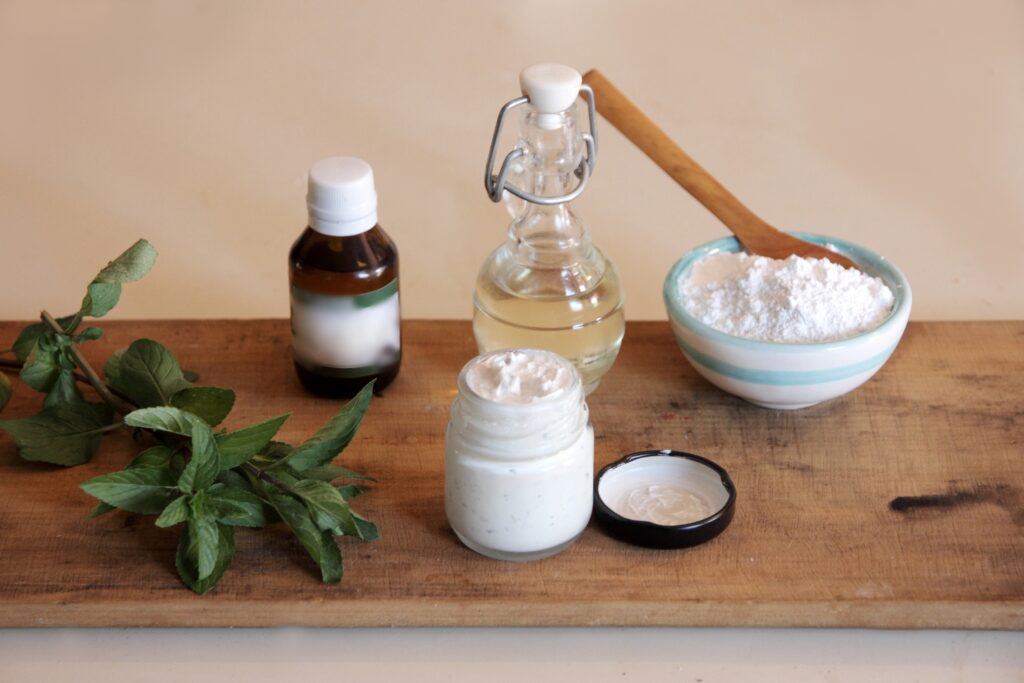
2 T Bentonite Clay (Absorbs toxins, chemicals, and heavy metals. Releases calcium. Helps cells get oxygen. Alkalizes.)
2-3 T Boiled Water, cooled
2 T 10% Nano-Silver (Potent antibiotic that slows bacteria growth.)
4 drops Tea Tree Oil (Topical antiseptic, anti-bacterial, anti-fungal treatment.)
15 drops Peppermint or Lemon Essential Oil (Promotes healthy function of the digestive, immune, and respiratory systems.)
5 drops Liquid Stevia (Comes from the leaf of a South American shrub. Very sweet but doesn’t cause cavities.)
Pinch Real Salt (Pulls toxins from the cells and alkalizes the mouth.)
If you prefer a good store-bought alternative, Earthpaste by Redmond Trading Company is a terrific option. With just five ingredients that come from the earth, this one will clean your teeth without killing you. Sounds great, right?
Up next: Miswak Toothbrush: Why you should use a stick to brush your teeth

Robyn Openshaw, MSW, is the bestselling author of The Green Smoothies Diet, 12 Steps to Whole Foods, and 2017’s #1 Amazon Bestseller and USA Today Bestseller, Vibe.
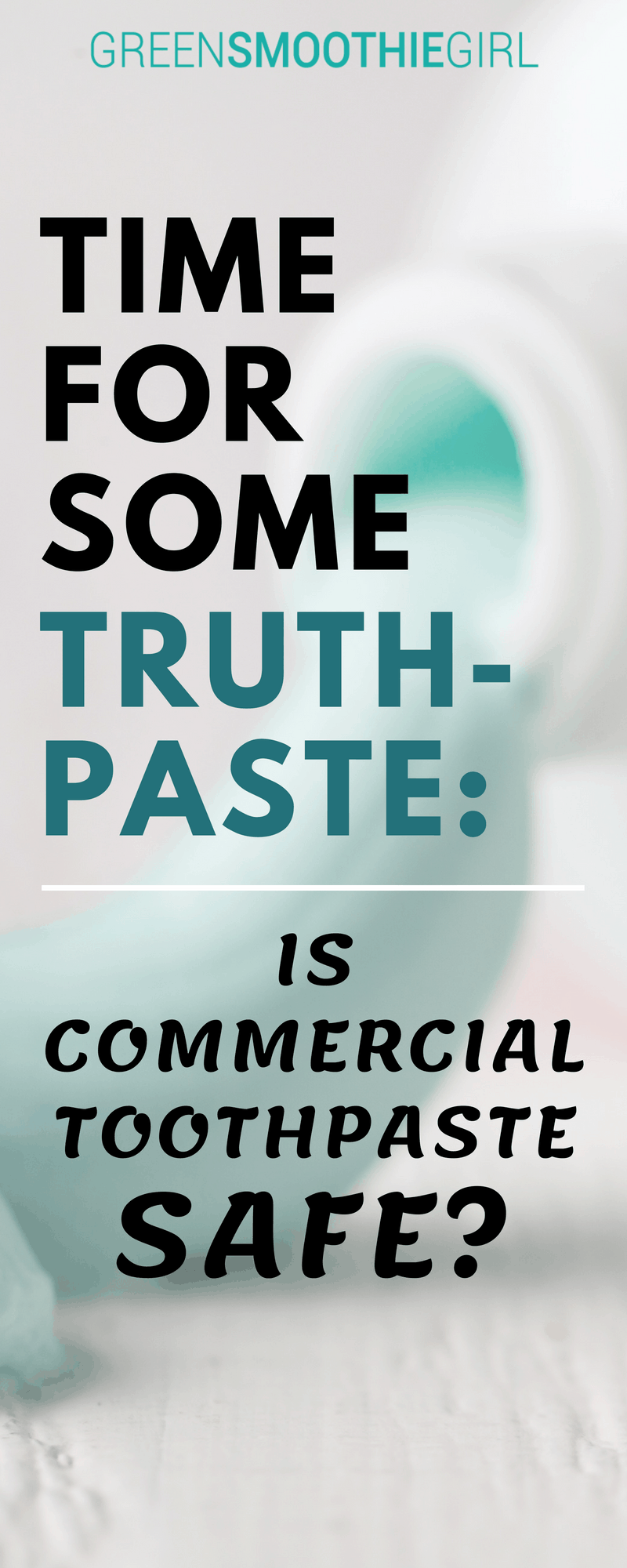
This article may contain affiliate links, which allows you to support our mission (as well as demonstrate market demand for safer products) without costing you extra.
Posted in: Dental Health








